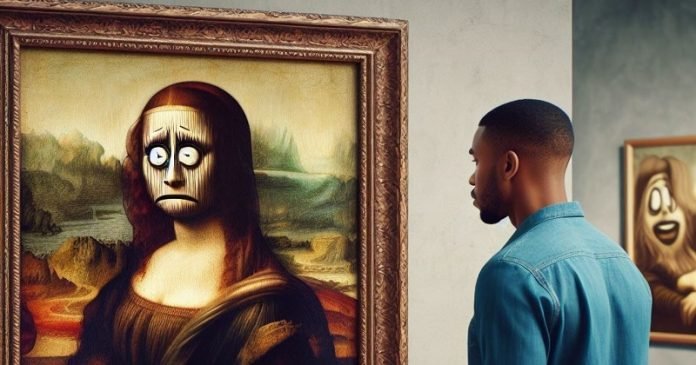
In the world of online videos and pictures, a new challenge is making waves: deepfakes.
These are videos or images that look real but are actually created using smart computer programs to make it seem like real people are saying or doing things they never did.
This issue is becoming big news because it can lead to serious problems, like tricking people out of money, spreading false information, or even affecting elections.
Aleksander Essex, an engineering professor and head of Whisper Lab, is diving deep into the world of deepfakes.
He’s concerned not just about spotting them but about understanding the bigger picture they represent for society.
What’s a Deepfake?
Simply put, a deepfake uses advanced computer tech to stick someone’s face or voice onto someone else in a video or photo, making it look like they’re doing or saying something they’re not.
Why Should We Care?
Deepfakes can cause real harm. Imagine being tricked by a fake video of your boss telling you to transfer money, or seeing fake photos that damage someone’s reputation. These aren’t just possibilities; they’re happening. There have been cases where people lost millions because of a fake phone call, and online platforms have had to step in to stop the spread of harmful fake images.
Can We Spot Deepfakes?
Right now, you might notice odd details in a video, like the timing of words not matching the movement of lips, that can clue you in that it’s fake. There’s also software being developed to catch these fakes, but it’s a constant race against improving technology. Eventually, it might be impossible to tell real from fake just by looking.
Asking the Right Questions
Essex suggests that instead of asking if a video or image is a deepfake, we should be asking where it came from and who shared it. It’s becoming crucial to focus on the source rather than just the content itself.
What’s the Takeaway?
Despite the worry around AI and deepfakes, it’s important to remember that AI is just a tool. It’s not alive or all-powerful. There are limits to what it can do. The key is to focus on who is using this tool and why.
As we navigate this digital age, remembering the importance of questioning the origin and credibility of what we see online can help us stay grounded in reality, even as the lines between real and fake continue to blur.



